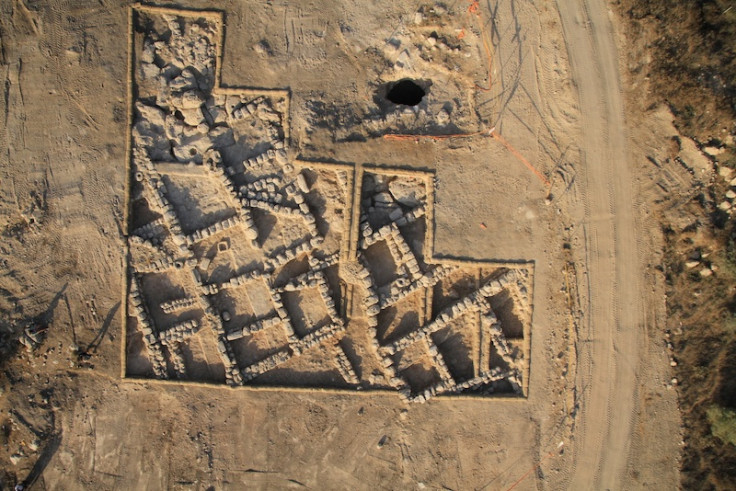Ancient Jewish Village Near Jerusalem Discovered

An ancient village dating to the third millennium BCE has been discovered on the "Burma Road" in Israel, which leads to Jerusalem.
The rural village, dating to around 2,300 BCE, is believed to have been abandoned at the end of the Hasmonean dynasty – about 37BCE – but why they left remains a mystery.
The village was discovered during an Israel Antiquities Authority (IAA) salvage excavation ahead of the construction of a natural gas pipeline to Jerusalem.
It was first unearthed in June last year, when work first started on the project. However, following the discovery, authorities and construction companies agreed to bypass the site to conduct further research into the area.
The village spans around 750 square metres. It was a small settlement with just a few stone houses and a few narrow alleys.
All of the buildings are believed to have housed single families. They had several rooms and an open courtyard.

Irina Zilberbod, excavation director with the IAA, said: "The rooms generally served as residential and storage rooms, while domestic tasks were carried out in the courtyards."
Excavations also showed the site reached the peak of its development during the third century BCE, at which point the area was ruled by the Seleucid monarchy after Alexander the Great.
However, it was suddenly abandoned and experts say they have no indication as to why the villagers left, but speculate it was related to economic problems.
Excavators found a number of artefacts in the houses, including milling tools, pottery cooking pots, jars for storing liquids, oil lamps and money, including coins from the reigns of the Seleucid King Antiochus III and the Hasmonean King Alexander Jannaeus.
Archaeologist Yuval Baruch said: "The phenomenon of villages and farms being abandoned at the end of the Hasmonean dynasty or the beginning of Herod the Great's succeeding rule is one that we are familiar with from many rural sites in Judea, and it may be related to Herod's massive building projects in Jerusalem, particularly the construction of the Temple Mount, and the mass migration of villagers to the capital to work on these projects."
© Copyright IBTimes 2025. All rights reserved.






















